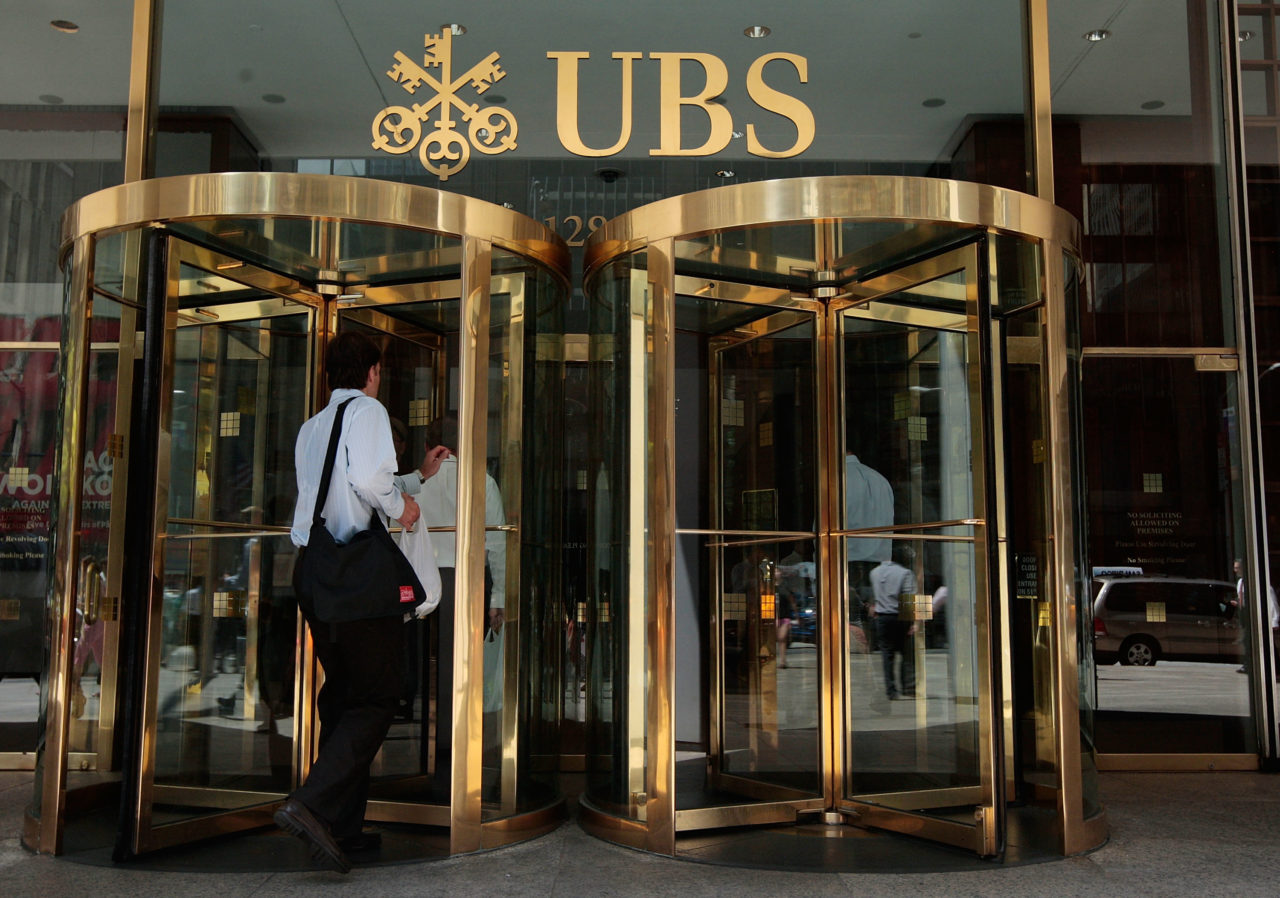
In its annual report titled: Top 10 real estate questions for 2020, the team at UBS Asset Management Real Estate & Private Markets looks ahead at the key questions facing the industry for the year ahead.
In 2019, much of the financial community, including UBS Asset Management were wrong-footed by the abrupt, global reversal in monetary policy. The team anticipated a small, but continued rise in interest rates and an adjustment «with some delay» in property yields.
This was not the case and instead, rates have gone the other way. The questions (and corresponding insights) highlighted in this year’s outlook focus on the questions detailed below:
1. As interest rate policies increasingly test the Zero Bound, what is the floor for property yields?
The lowest yields reported have been in Hong Kong (prior to the political protests) from a global perspective, where office and retail yields reached 2 percent, and Singapore where luxury residential yields fell to just 1.5 percent. In France, Paris office yields are now just around 2.8 percent. Arguably, index-linked bond yields are the best comparator for property yields given expectations for inflation to push up rents.
2. How should property investors position themselves for an economic recession?
As businesses are inclined to turn towards their core activities while incorporating tighter ESG standards at the same time, investors should de-risk their office strategies to core locations and ESG-compliant assets. As the retail sector is in structural flux, leading to shorter leases in the face of slower growth, it has become more difficult for investors to de-risk, leading to historically low allocations.
Logistics benefits from the challenges in retail but space itself face headwinds caused by the decline in manufacturing. The evolution of supply chains supports investment in more recession-resistant urban sites. Residential, senior housing, and medical offices benefit from the more predictable demographic developments, and despite increasing regulatory pressures provide more predictable income during an economic downturn. As real estate as a whole has lower leverage than pre-GFC, interest rates remain low, and the banking sector is more tightly regulated, lower risk debt can also provide recession protection.
3. Now that industrial returns are starting to slacken, which sector will take over as the outperformer?
Despite sounding controversial, 2020 could be the year that some retail assets make a comeback – with heavy caveating. Any outperformance from retail will be exclusively on an asset-level basis, and not a market level. And also given the stages of retail value decline to date, it is only the U.S. and possibly the UK where values have dropped to a point that opportunistic buys may make sense.
However, in these markets, for very selective assets that demonstrate all the right attributes of tenant mix, dominance, and sensible rental levels, the substantial discount which can now be achieved on the purchase price means that much of any future decline in values and rents have already been absorbed.
4. Will climate risks get increasing consideration as an ESG investment criterion?
ESG is being increasingly integrated into the operational processes of nearly all economic sectors and the property investment industry is no exception. Over the years, ESG assessments in the real estate asset class are increasing in complexity and comprehensiveness, with social and governance factors now complementing a former energy-centric approach. It is not only the case that properties impact the environment. They might also be the victims of environmental degradation. Furthermore, building and urban design will be influenced by the intensification of microclimate anomalies, such as urban heat islands.
In addition to new requirements in a building structure, the increasing intensity of natural hazards will likely lead to changes in risk mitigation measures, such as a surge in the level of property insurance premia. As extreme weather events are showing increasing occurrence, it’s likely that their negative impact on property will gain more and more attention.
5. Retail is going through a major transition. What are the best examples of successful adaptation?
It has been a tough year for retail. This is not necessarily a sign of crisis, but as the team argued before, it is a process of reinvention. Most company failures come as no surprise as those with outdated business models and large legacy store portfolios fall by the wayside. There are, however, examples of successful adaption. E-commerce has freed consumers from the necessity of shopping so retailers have to make them want to shop.
There are clear signs of robust sales in stores and schemes that invest time and money in the retail environment, riding on «Experiential retail» trends. Some of the most successful retailers are those that fuse their online platform with their physical stores. In various U.K. locations private equity is targeting the conversion of low-value retail warehouses into urban logistics, while in Asia and the U.S, similar investors have retrofitted urban retail into offices and hotels.

